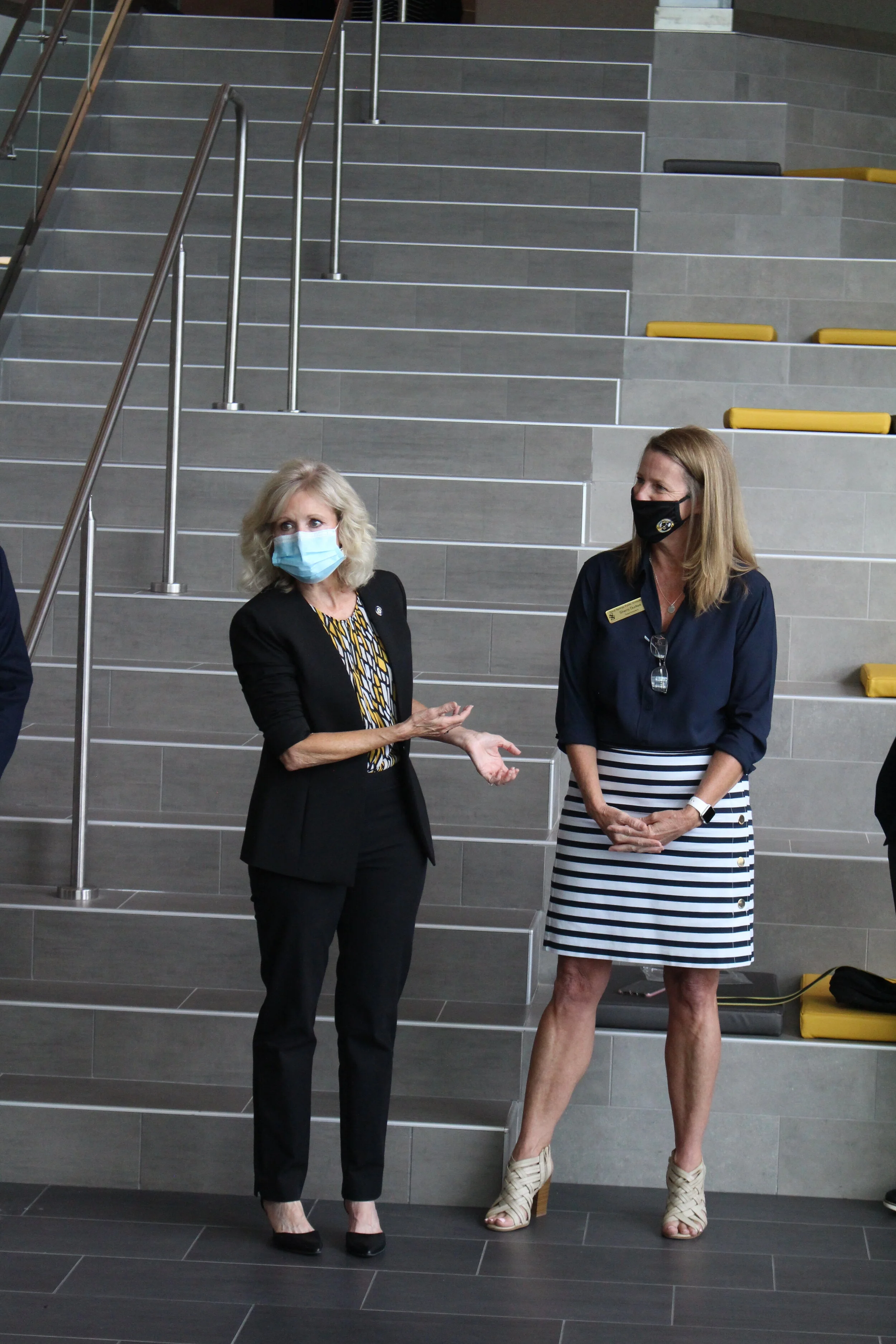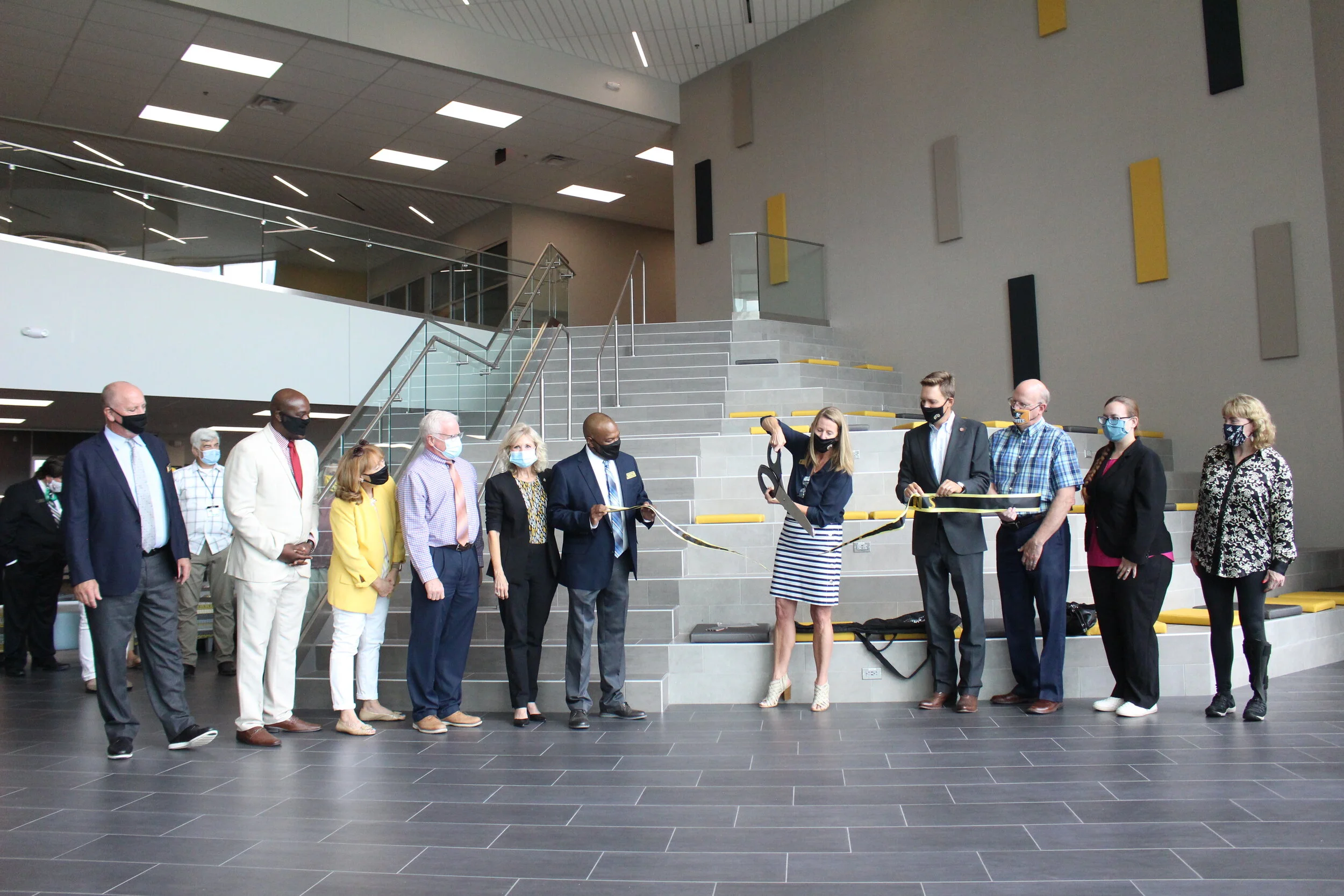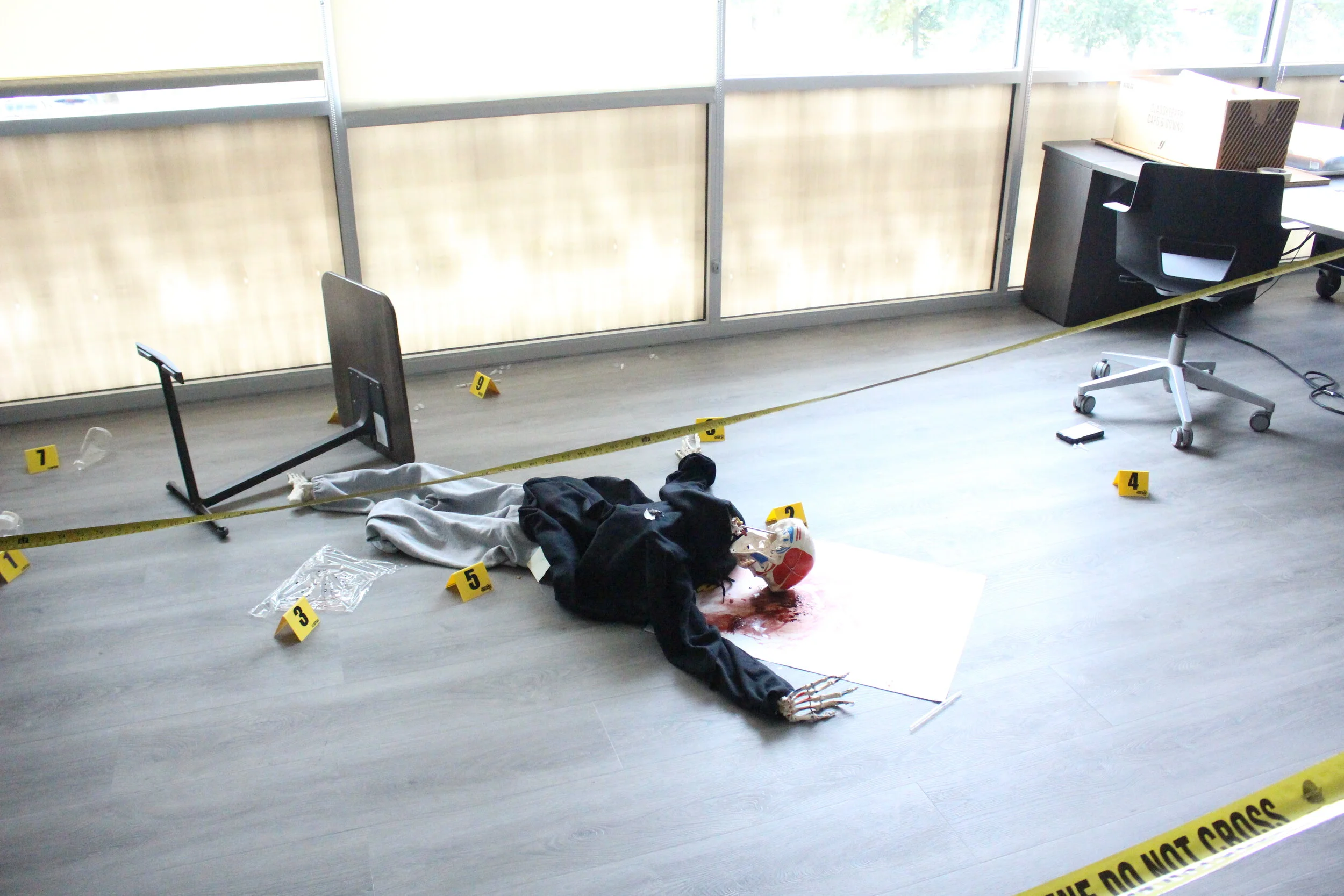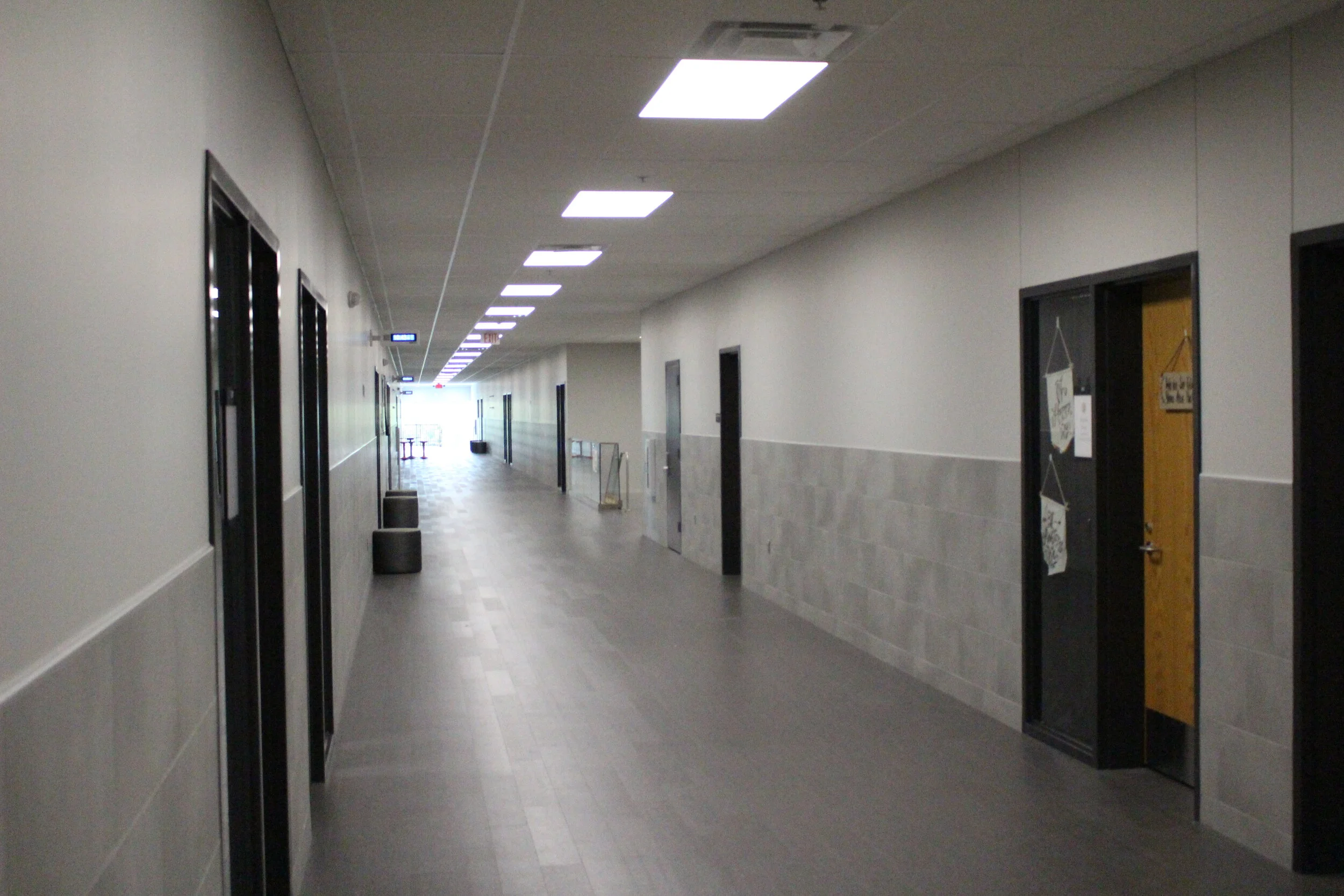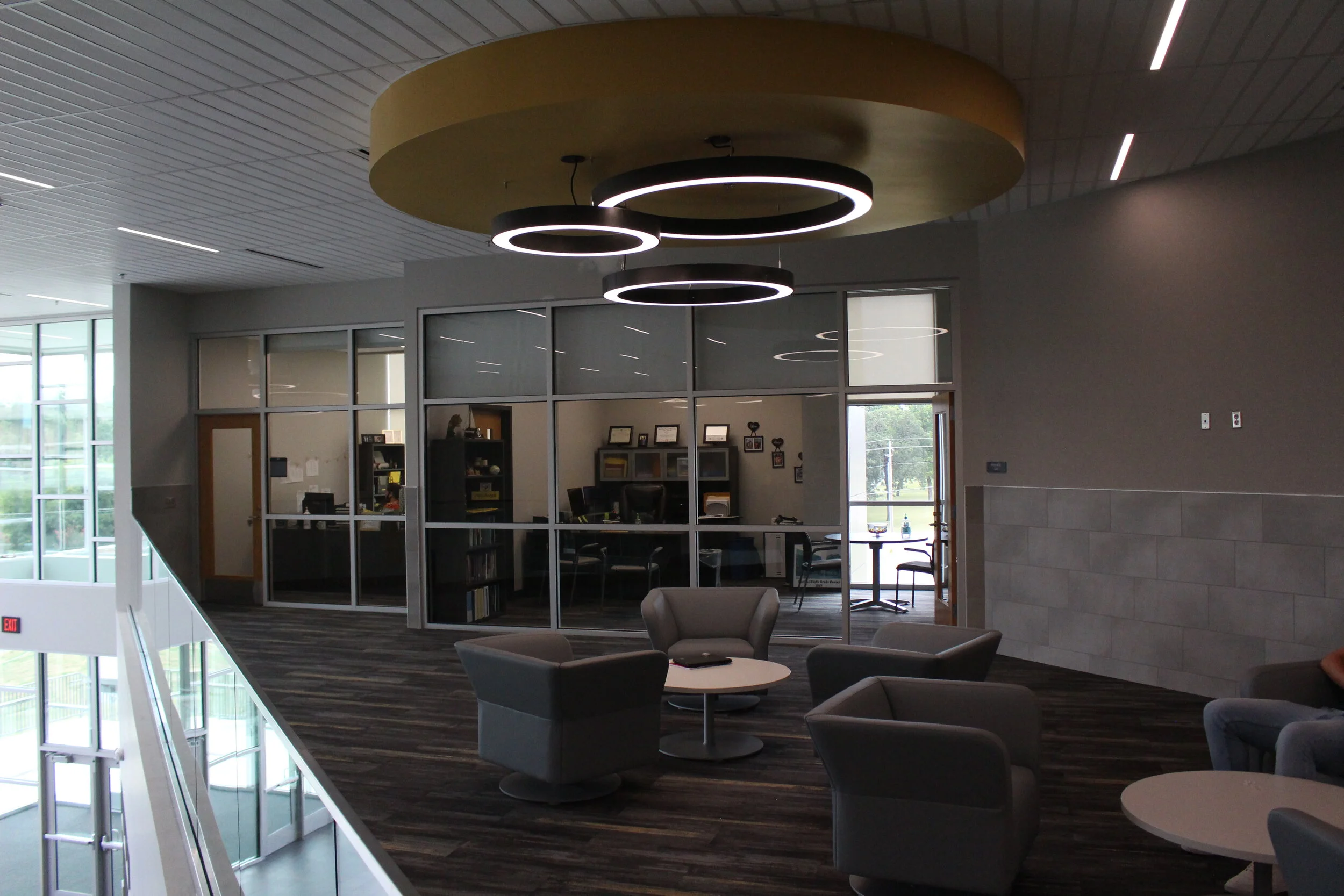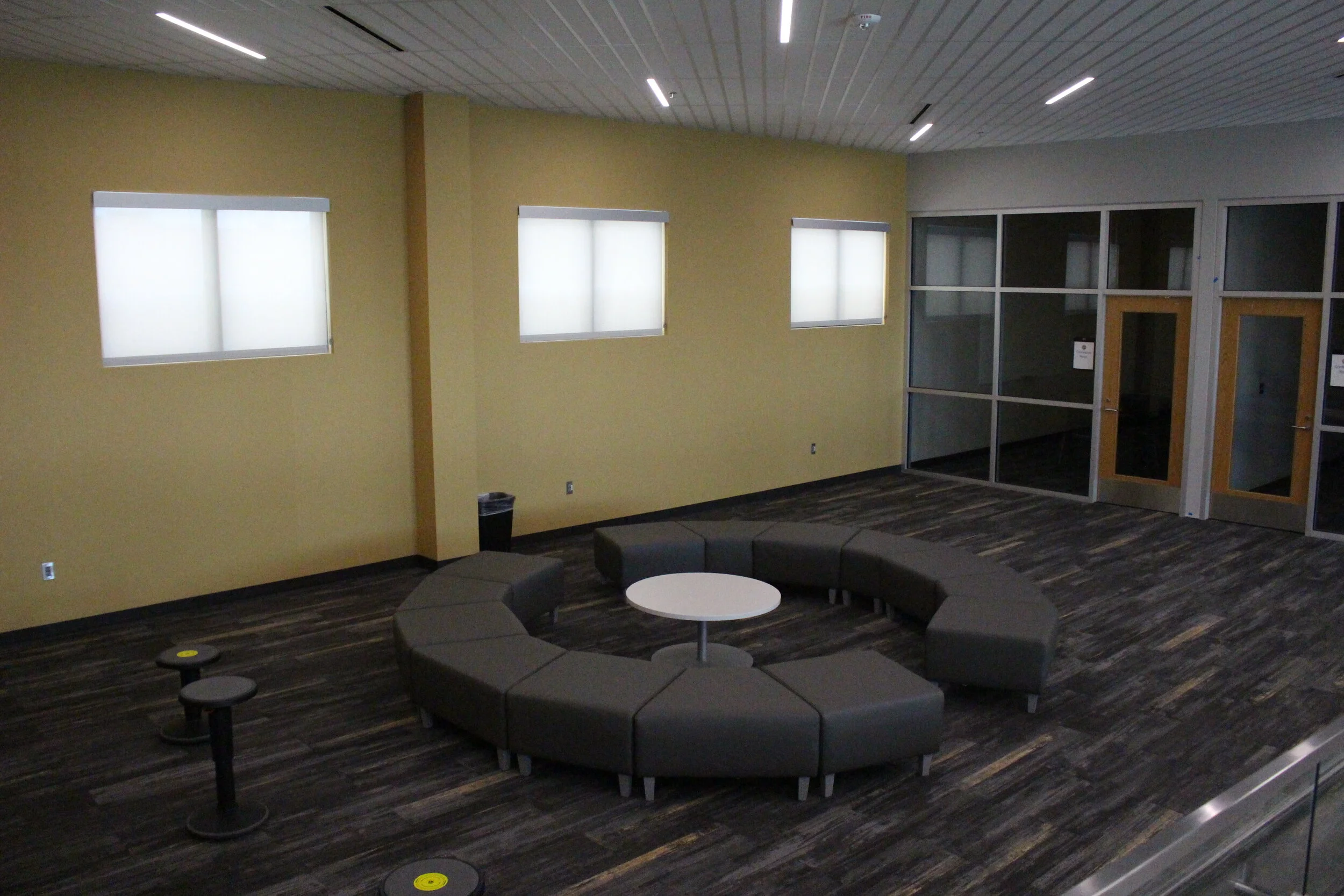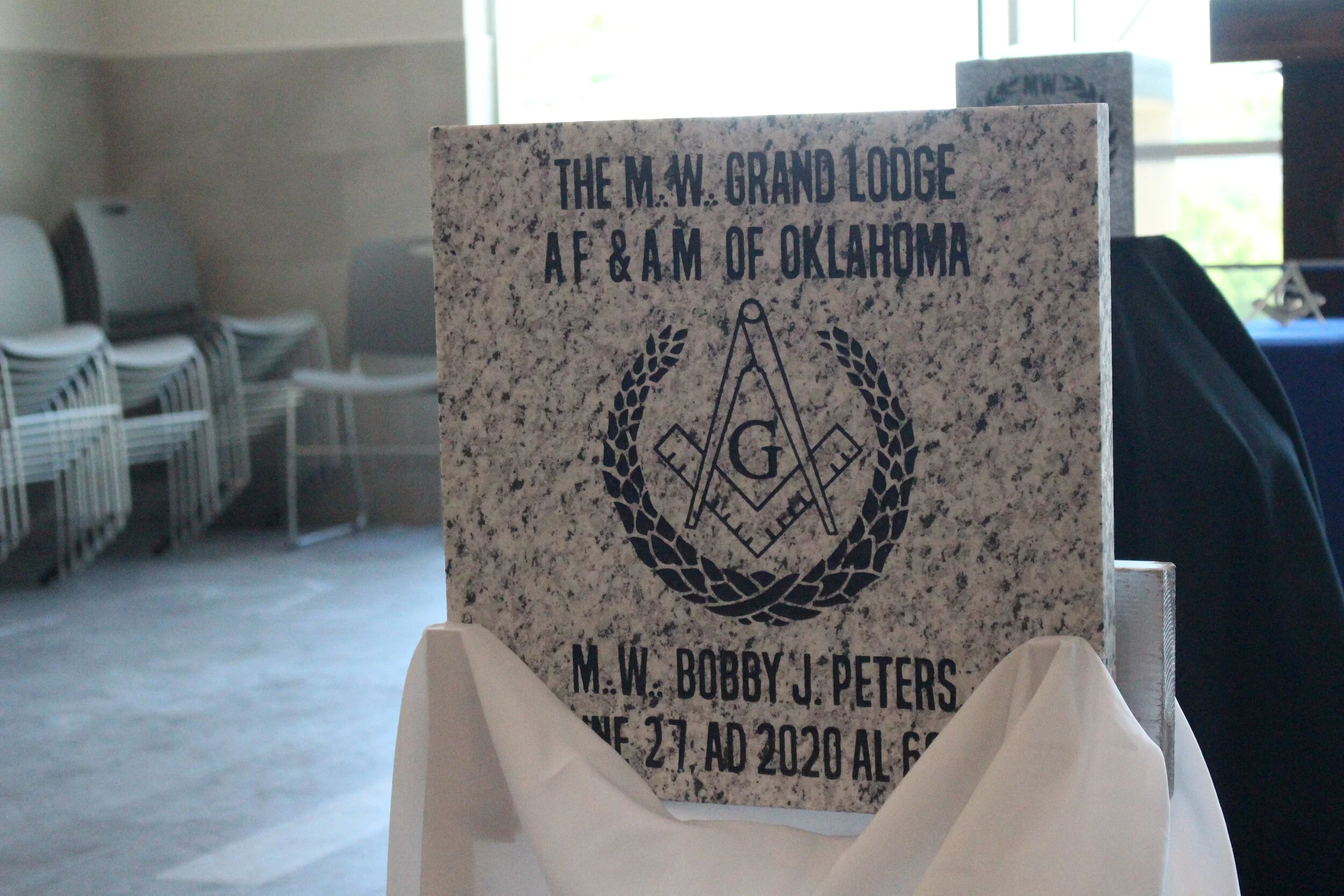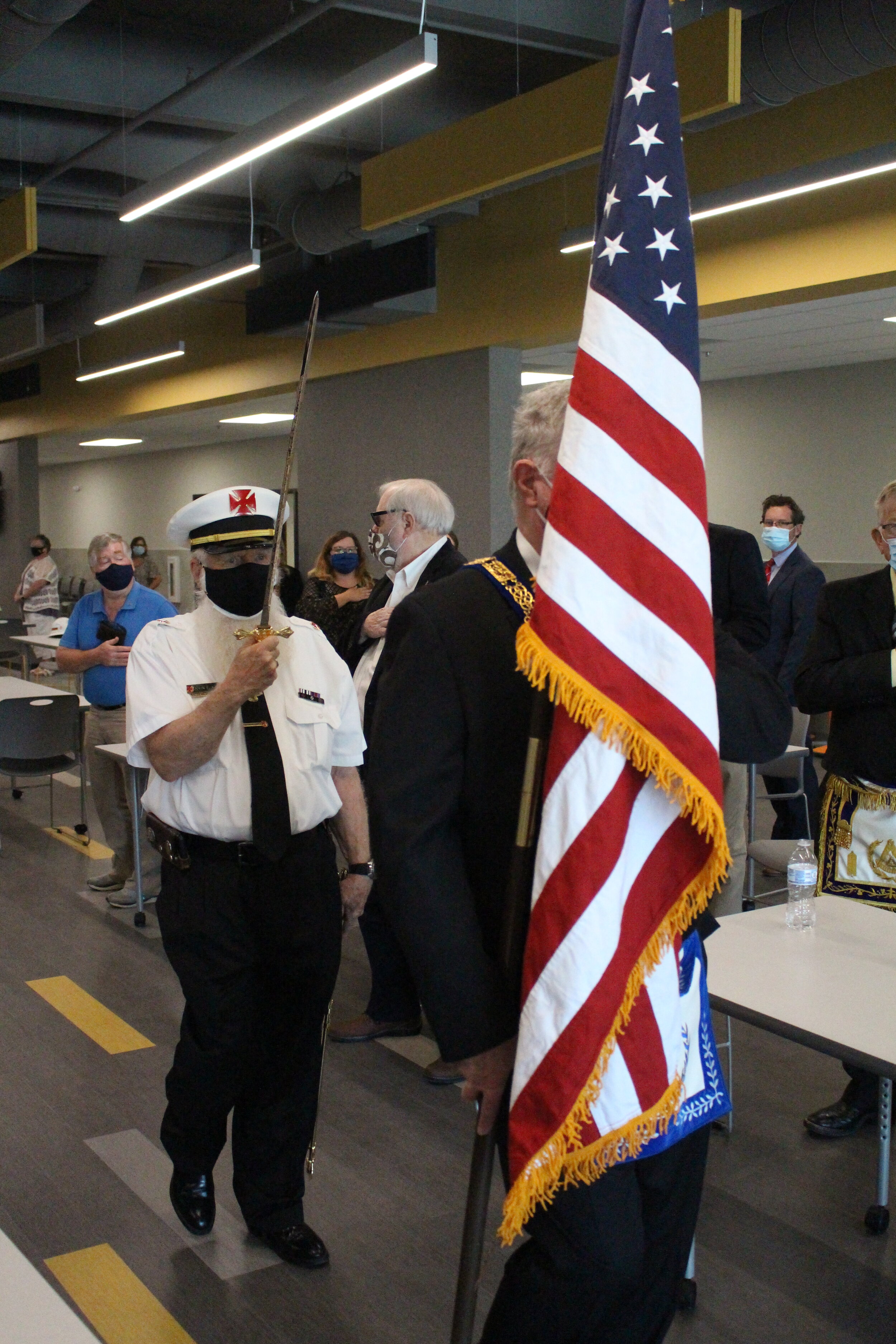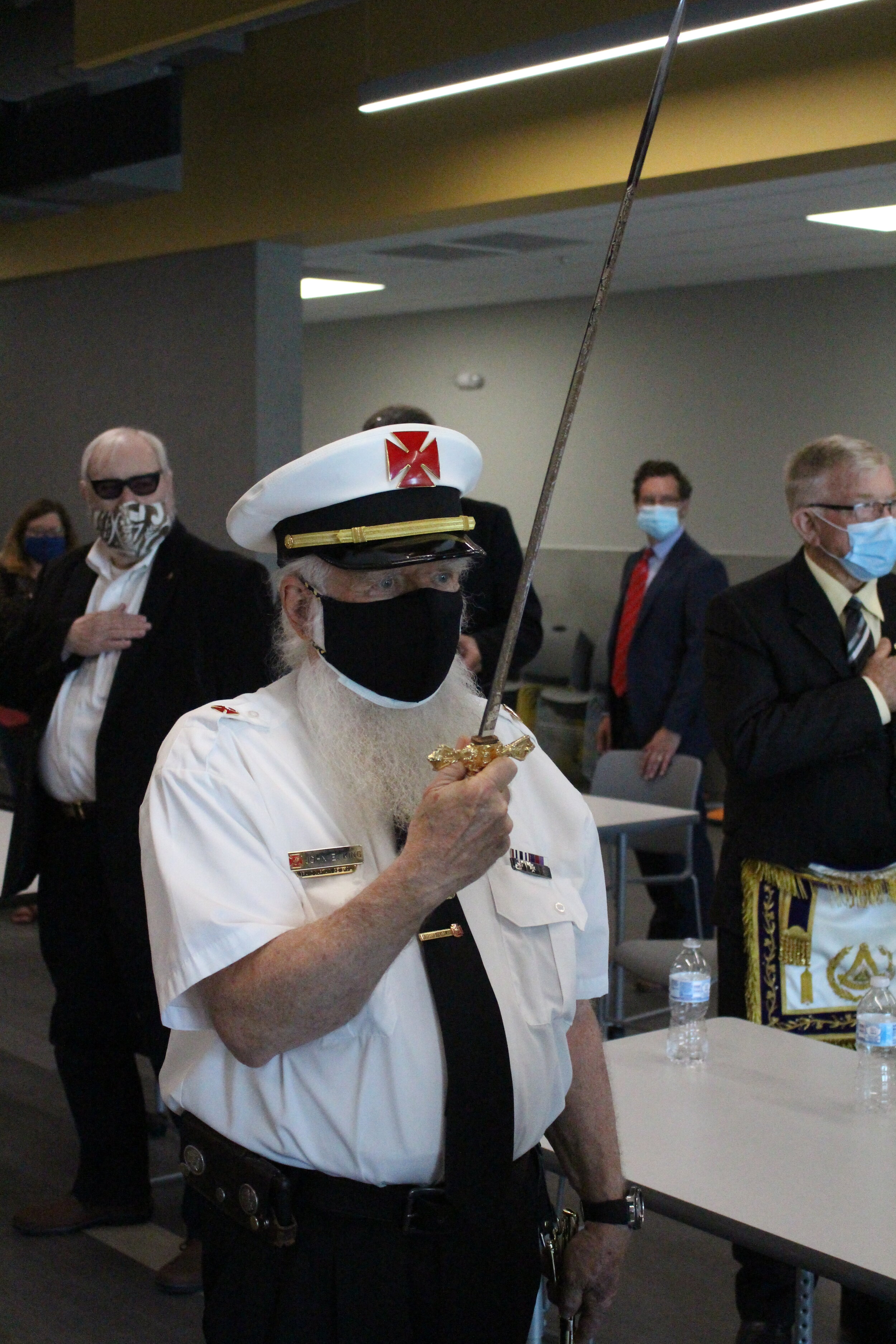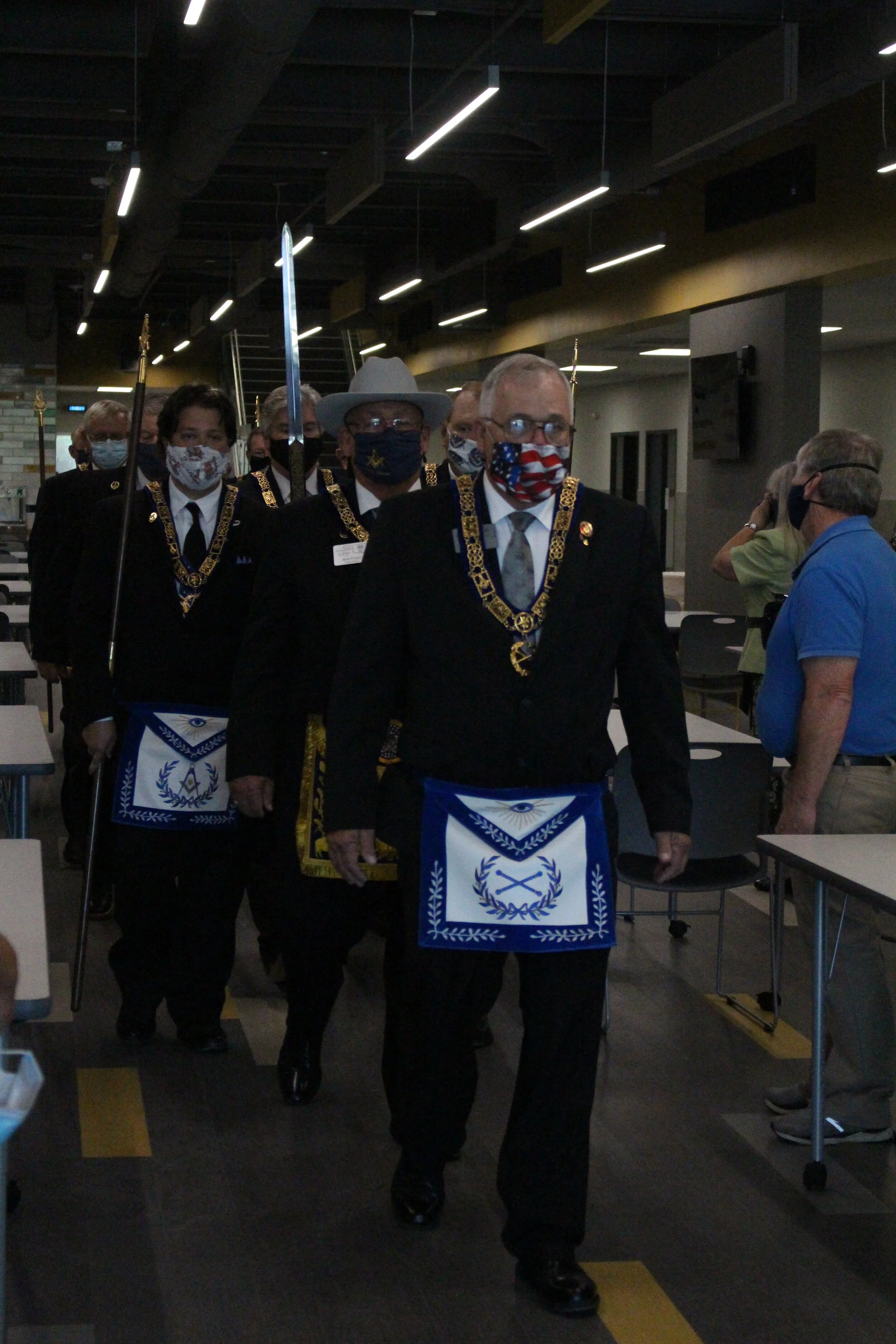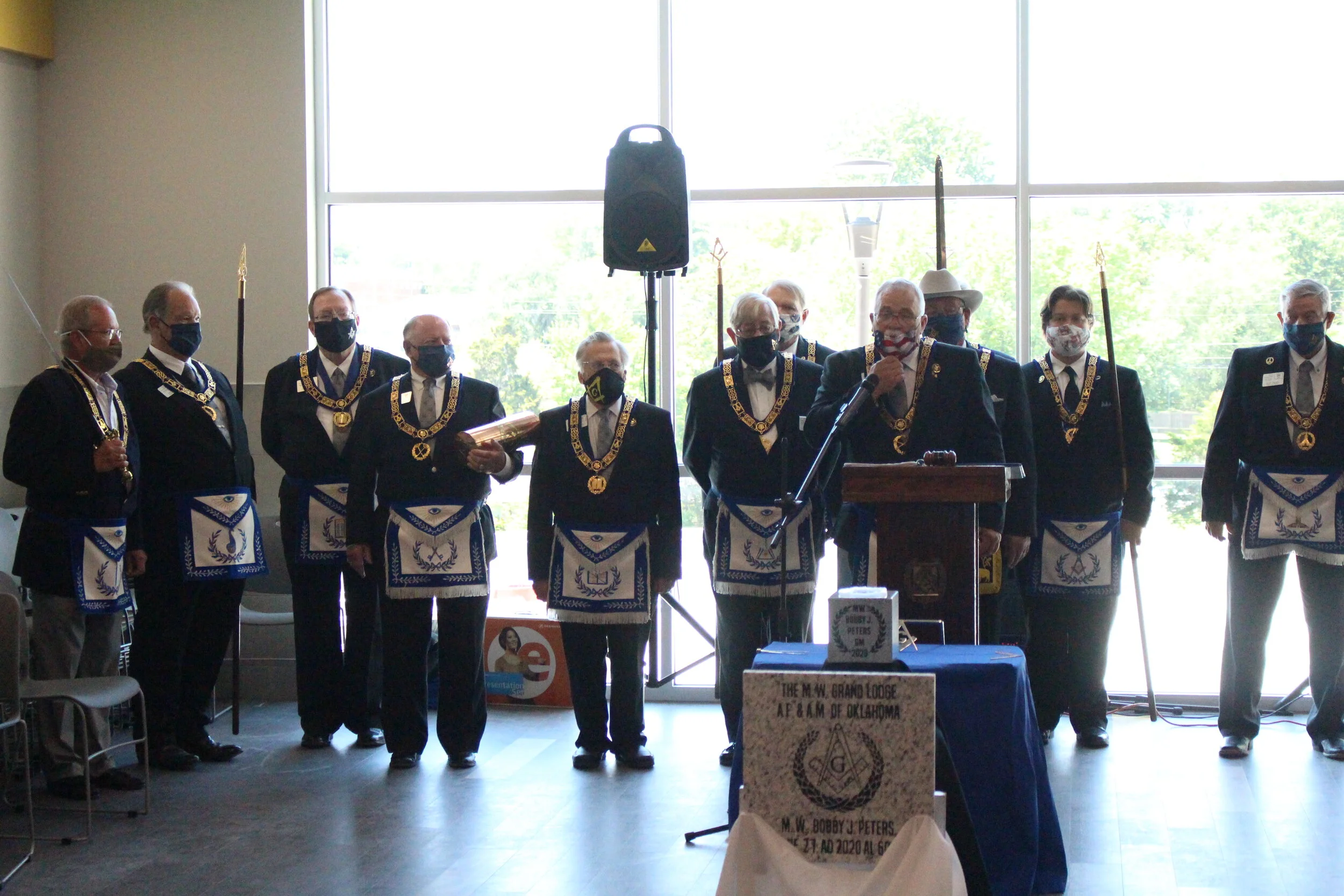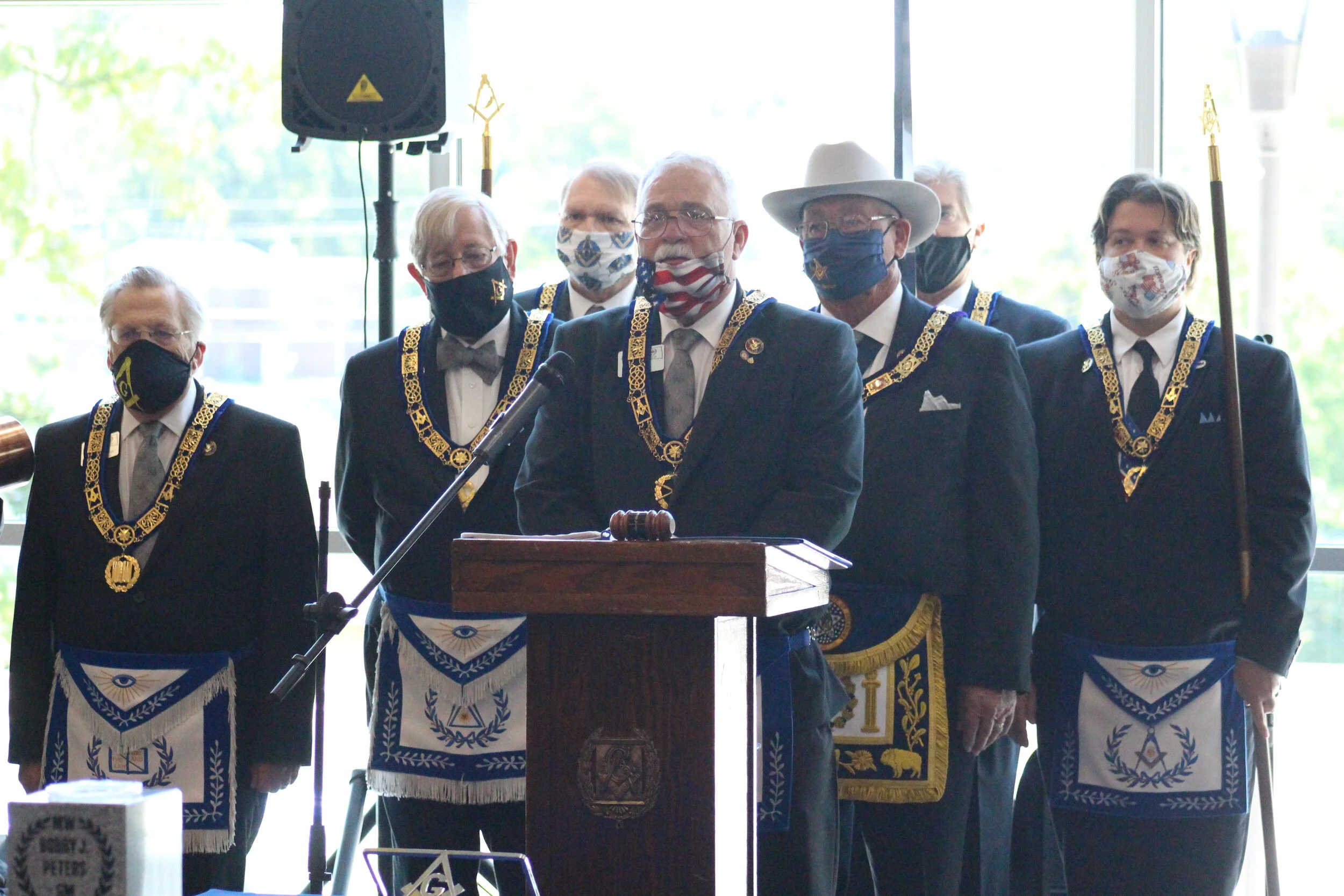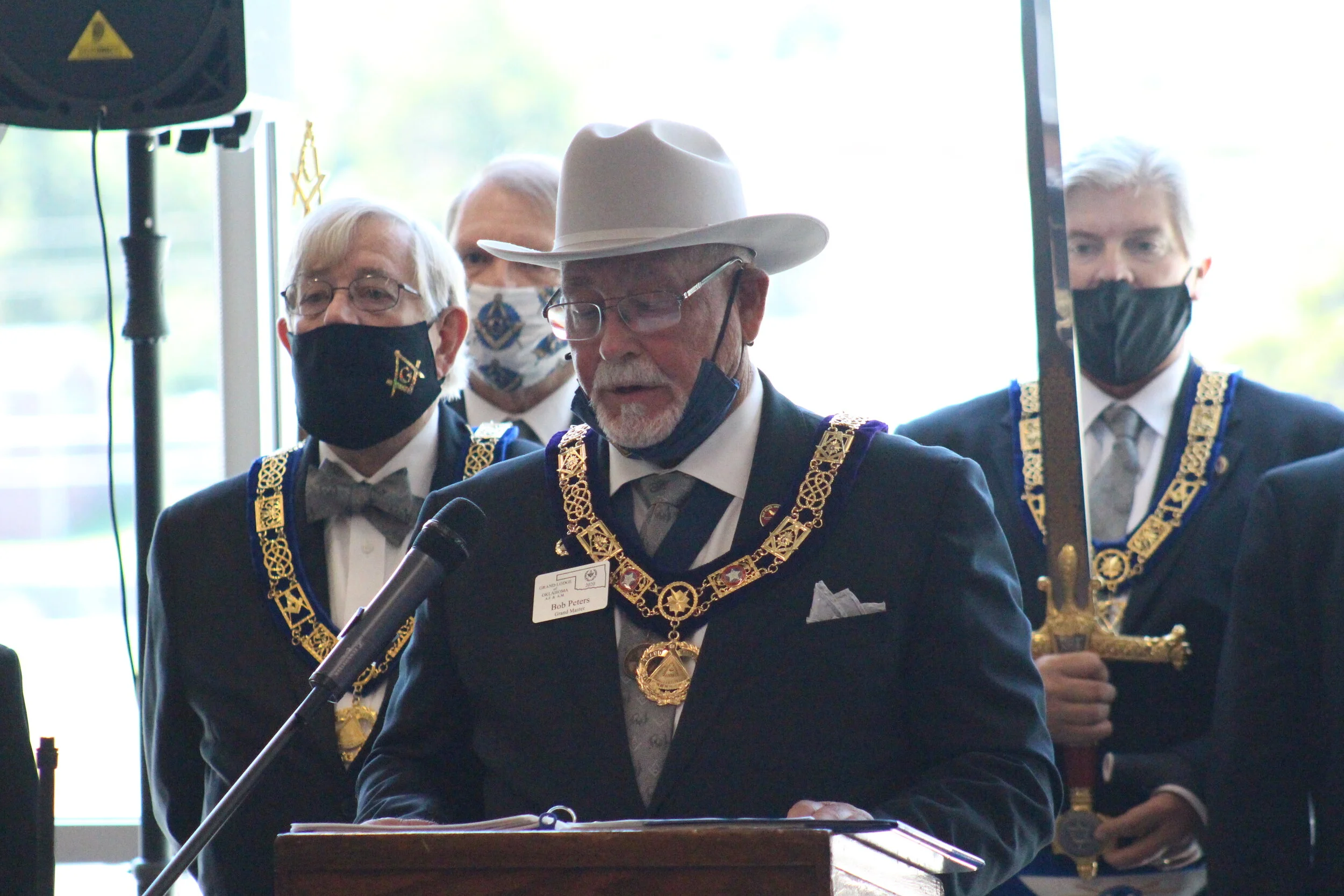Pictured: Charles Page High School Homecoming Court
/Jacob Weathers, Alyssa Crutcher, Zach Heinen, and Kale Hilligoss.
The first queen candidate is Alyssa Crutcher. Alyssa is the daughter of Kendall and Shannon Crutcher. She has been a band member for 4 years.
Her first escort is Jacob Weathers. Jacob is the son of Ron and Laura Weathers. He has been a member of varsity football for 3 years.
Her second escort is Zach Heinen. Zach is the son of Alisha Heinen and Zane Pidcock. He has been a member of varsity football for 3 years.
Her last escort is Kale Hilligoss. Kale is the son of Kieth and Ronee Hilligoss. He has been a member of varsity football for 3 years.
Shawn Brauer, Samuel Higgins, Sara Nance, Kyle Hilligoss.
The next queen candidate is Sara Nance. Sara is the daughter of Steve and Lori Nance. She has been a member of the CPHS Drumline for 4 years.
Her first escort is Shawn Brauer. Shawn is the son of Glen and Tiffany Brauer. He has been a member of varsity football for 3 years.
Her second escort is Samuel Higgins. Sam is the son of Willie and Teresa Higgins. He has been a member of varsity football for 3 years.
Her last escort is Kyle Hilligoss. Kyle is the son of Kieth and Ronee Hilligoss. He has been a member of varsity football for 3 years.
Trevin Corona, Kylin Coonce, Bryson Chase, JaRighteous Evans.
The next queen candidate is Kylin Coonce. Kylin is the daughter of Sarah Coonce. She has been a football manager for 4 years.
Her first escort is Trevin Corona. Trevin is the son of Ashley Corona. He has been a member of varsity football for 1 year.
Her next escort is Bryson Chase. Bryson is the son of John and Krystal Chase. He has been a member of varsity football for 3 years.
Her last escort is JaRighteous Evans. JaRighteous is the son of Anthony and Shannon Evans. He has been a member of varsity football for 1 year.
Corri Evans, Ian Britt.
The next queen candidate is Corri Evans. Corri is the daughter of Rikki Evans. She has been a varsity cheerleader for 3 years.
Her first escort is Ian Britt. Ian is the son of Allan Britt and Stepanie Ledbetter. He has been a member of varsity football for 3 years.
Not pictured is Jamon Sisco. Jamon is the son of Jelani Sisco and Samico Morgan. He has been a member of varsity football for 2 years.
Tyyee Atkison, Mattie Dorsey, Noah Gourd, Micah Calico)
The next queen candidate is Mattie Dorsey. Mattie is the daughter of Carla Dorsey and the late Gerald Dorsey. She has been a varsity cheerleader for 3 years.
Her first escort is Tyyee Atkison. Tyyee is the son of Katherine Atkison. He has been a member of varsity football for 2 years.
Her next escort is Noah Gourd. Noah is the son of Richard and Kelly Gourd. He has been a member of varsity football for 3 years.
Her last escort is Micah Calico. Micah is the son of Bobby and Casey Duck. He has been a member of varsity football for 3 years.
Daren Hawkins, Reanna Smith, Caden Harris, Nate Caseboldt.
The next queen candidate is Reanna Smith. Reanna is the daughter of Preston Smith and Lowren Smith. She has been a member of varsity dance for 2 years.
Her first escort is Daren Hawkins. Daren is the son of Durrell Hawkins and Sacora Poncil. Daren has been a member of varsity football for 4 years.
Her next escort is Caden Harris. Caden is the son of Sherman and Megan Faulkner. He has been a member of varsity football for 3 years.
Her last escort is Nate Caseboldt. Nate is the son of Tony Caseboldt and Autumn Tracy. He has been a member of varsity football for 3 years.
Bryson Wooten, Kali Baker, Ryan Johnson.
The next queen candidate is Kali Baker. Kali is the granddaughter of Ronald Baker and Lois Deppe. She has been a football manager for 3 years.
Her first escort is is Bryson Wooten. He is the son of Jeff and Rachel Wooten. He has been a member of varsity football for 3 years.
Her next escort is Ryan Johnson. Ryan is the son of Tom and Stephanie Johnson. He has been a member of varsity football for 3 years.
Not pictured is Jacinto Rodriguez. Jacinto is the son of Lacey Rodriguez and Jacinto Rodriguez. He has been a member of varsity football for 2 years.
Alex Favela, Madeline Bateman, Brycen Peterman, Lane Webster.
The final queen candidate is Madeline Bateman. She is the daughter of Lance and Melanie Bateman. She has been a member of varsity dance for 2 years.
Her first escort is Alex Favela. Alex is the son of Pete and Terri Lowe. He has been a member of varsity football for 3 years.
Her next escort is Brycen Peterman. Brycen is the son of Chad Peterman and Candice Hopkins and Shelly Flores. He has been a member of varsity football for 2 years.
Her last escort is Lane Webster. Lane is the son of Adam Webster and Sarah Jordan. He has been a member of varsity football for 3 years.
Parker Ross, Sango Whitehorn, Drew Bivin, Hudson O’Dell.
The little princess is Drew Bivin. Drew is the son of Ryan and Lindsay Bivin. She wants to be a doctor when she grows up.
The first little prince is Parker Ross. Parker Ross is the son of Jordan Ross and Lindsay Whittenburg. He wants to be a Marine when he grows up.
The second little prince is Hudson O’Dell. Hudson is the son of Josh and Haley O’Dell. He wants to be a dirt bike racer when he grows up.
Their first escort (not pictured) is Thomas Huckelberry. Thomas is the son of Cheryl Rettig and USMC Staff Seargent Michael Rettig.
Their second escort (not pictured) is Greg Reed. Greg is the son of John and Melissa Reed. He has been a member of varsity football for 1 year.
The Kissing Captain is Sango Whitehorn. Sango is the son of Sango and Lisa Whitehorn and the special son of Adam and Amanda Dudley. He has been a member of varsity football for 4 years.
The Sand Springs Homecoming Parade is scheduled for 6:00 p.m. Thursday in downtown Sand Springs. The Homecoming Queen will be crowned Friday before the 7:00 p.m. game against Muskogee. Festivities will begin at 6:00 p.m. with the Church That Matters Tailgate Event, benefitting Sandite Wrestling.


